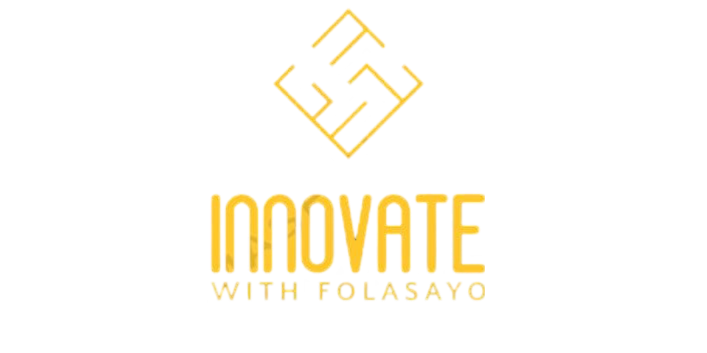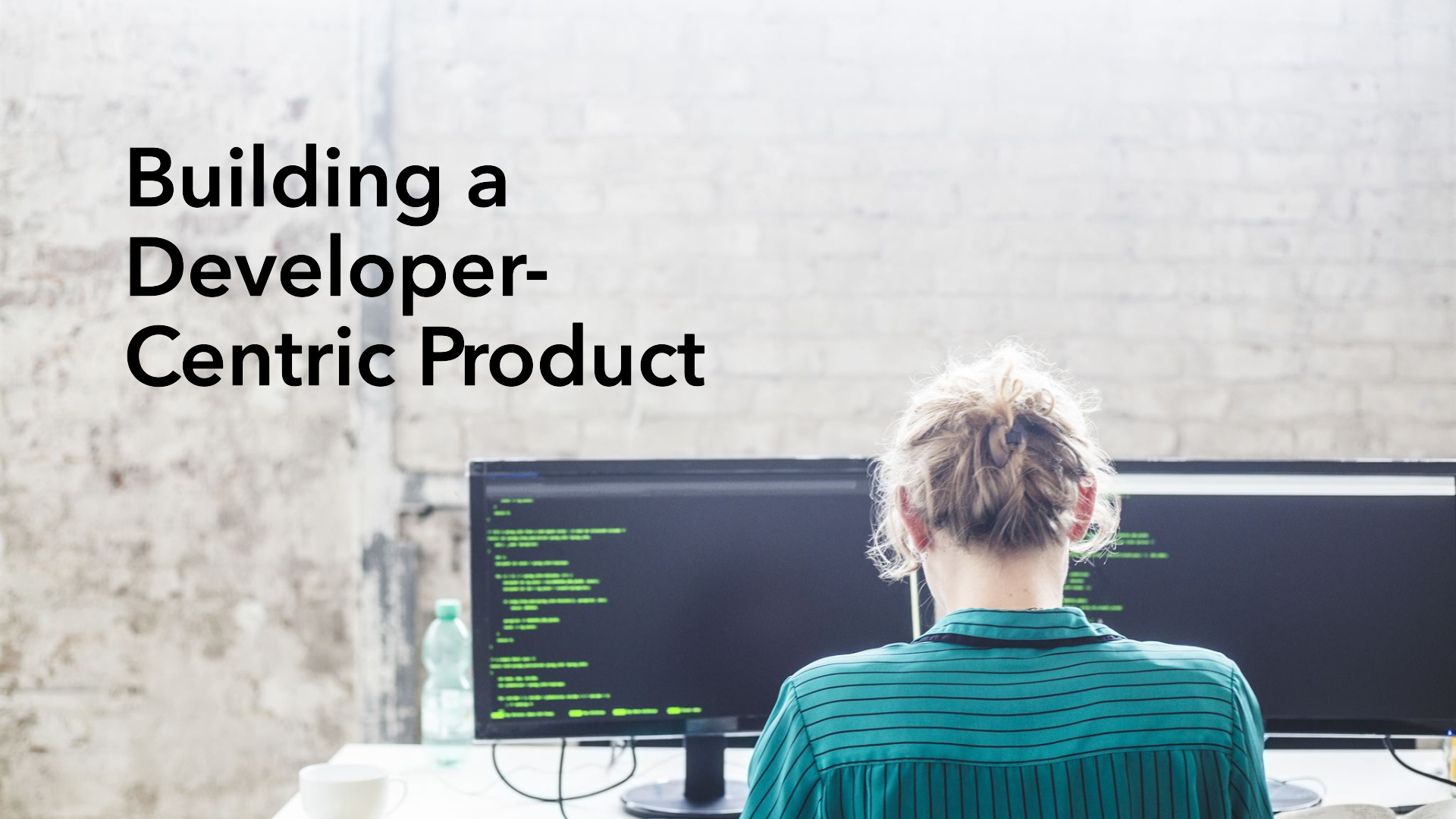Creating developer-centric products is about understanding what developers want and need in a tool or platform. With the right approach, you can build products that developers not only use but also advocate for.
Here’s how to approach building a developer-focused product from the ground up.
Why Developer-Centric?
Developers are often the gatekeepers of technology adoption. A well-made, developer-friendly product can become a go-to tool that gains traction organically through word-of-mouth and community support.
Understanding Your Audience
Understanding developers’ workflows, needs, and pain points is essential. By speaking directly with developers and conducting surveys, you can identify specific challenges that your product can address.
Building Core Product Elements
Developer products must be:
• Reliable and Scalable: They should handle heavy workloads and scale with growth.
• Well-Documented: Comprehensive and user-friendly documentation makes adoption easier.
• Open Source-Friendly: Integrating seamlessly with popular open-source tools adds value.
Creating a Roadmap
Start with an MVP that addresses a specific problem developers face. From there, expand with additional features based on direct feedback. Ensure your roadmap includes regular check-ins with your user base to align with real-world developer needs.
Designing for the Developer Experience (DX)
Developer experience is as important as user experience. Smooth installation, clear instructions, and minimal friction during setup contribute significantly to how well developers receive your product.
Documentation and Community Engagement
Good documentation is key, as is having an active developer community. Host events, manage feedback channels, and encourage contributions to foster loyalty and build a user base that champions your product.
Building a developer-centric product is a journey of continuous feedback and iteration. With the right focus and community engagement, you can create a tool that developers will appreciate and rely on.
Thanks for reading…





